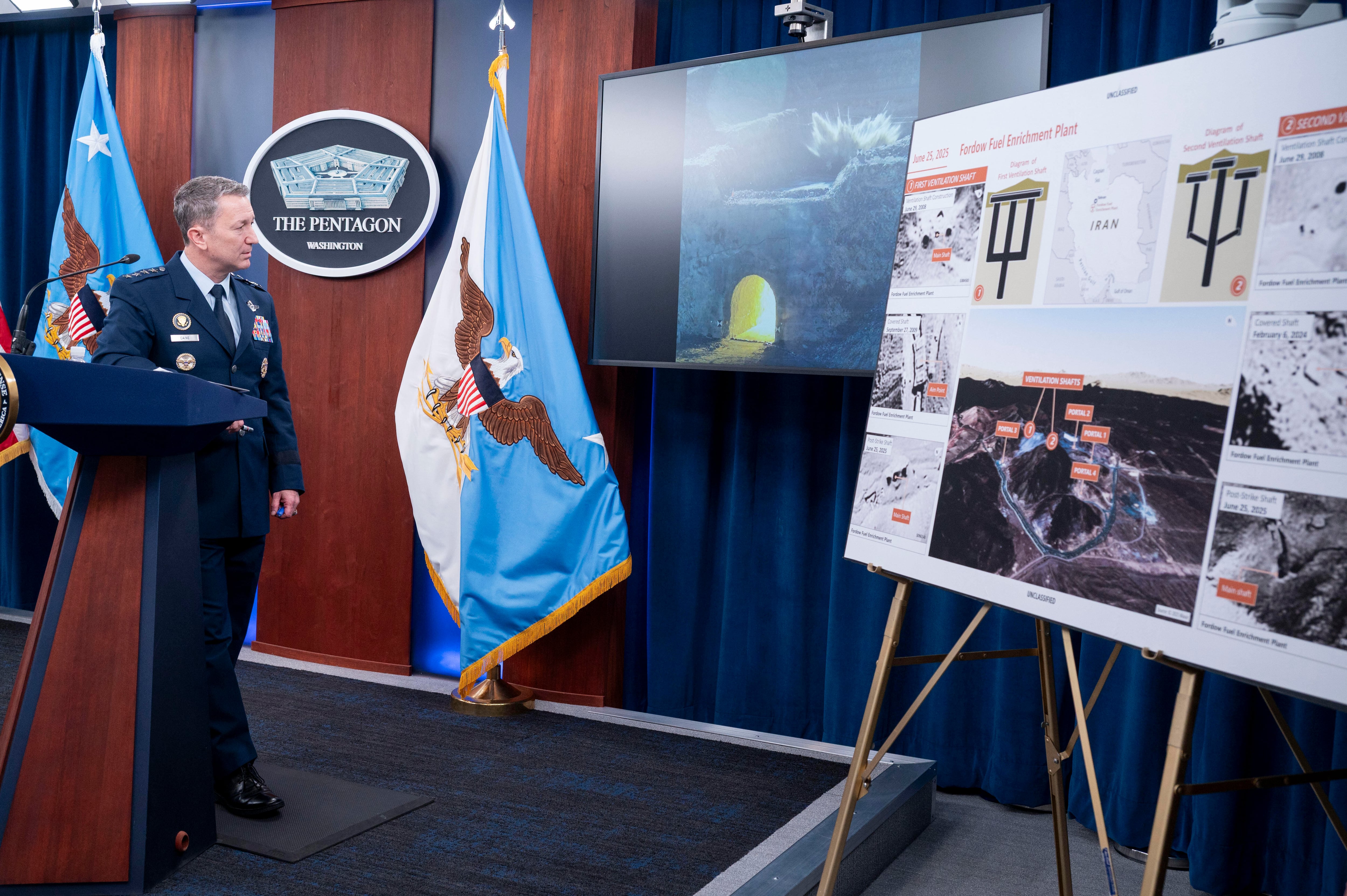What are they and how do they work? I asked Merkava the same question. His reply: "Inside each glowring's polycarbonate case is a 3mm x 23mm laser-sealed glass tube called a Gaseous Tritium Light Source. The inside of this tube is coated with phosphor. The electrons in the gaseous tritium excite the phosphor, causing it to glow continuously without any external power source. This highly specialized technology is used in advanced military hardware or pioneering safety equipment where a guaranteed light source is needed in hazardous environments and conditions."
I'm referring to Merkava like it's a corporation. It's not. It's the forum handle used by a guy that makes these things someplace in Asia, near as I can guess. Merkava is morphing into his company name, though. We can call it a small, etsy.com-like business that has been around long enough to have built a solid reputation. In other words, going off mine and the verifiable experiences of others that have ordered Glowrings from him, I can say you won't get ripped off.
[nggallery id=468]
more
Merkava makes four versions of the the glowrings that range in price from $15 to $25. The original version uses a stiff layer of silicone to house the tritium vial, while the three others that use a hard and clear polycarbonate to house the vial. The key difference is the opacity of the protective layer.
- Merkava I Glowring, shown below on my 4Sevens Quark 123 flashlight. These are the original silicone encased tritium tubes. This is the smallest glowring and comes in 8 colors.
- Merkava II Glowring The second smallest glowring, the II is a a thin, clear polycarbonate tube with a tritium vial inside.
- Merkava Clear Glowrings are thicker clear, uncolored polycarbonate bodies containing one of 8 colors of tritium vials.
- Merkava Nite Glowrings are identical to Clear Glowrings, except their outer casing is color-tinted with a similarly colored tritium
My favorite, the original Merkava I, doesn't look as clean or clear as the later-made Merkava II polycarbonate cased versions. The silicone skin of the MkI is cloudy, the attachment ring placement isn't exactly uniform and the thing just looks sorta handmade. But, the soft silicone actually provides more shock protection than the hard sided, crystal clear polycarbonate shell found on the MkII, Nite and Clear Glowring versions. The pair that I bought back in March 2007 are still glowing strong. I've had one on each of my constant companions -- my keys and my flashlight -- everyday for 4.5 years. Neither glowring has cracked, split or dimmed.
I've since gotten a few more and have used newer polycarbonate bodied Nite Glowrings on pack zippers, tent zippers, knife lanyards and probably a few more places that I can't remember. These are the larger sized Glowrings that work well in applications where space and volume aren't an issue. The larger, plastic bodies provide plenty of protection for the tritium vial.

Merkava has a selection of colors to order, and he can even print a name or message on the inner tritium vial. You can see one the photo above shows a green Merkava I with my name on it. You can take advantage of the available colors to personalize your gear, mark item locations or to distinguish different items that feel similar in the dark.
Instead of making a website, Merkava seems to be using all his available time to make Glowrings. He tells me that he'll have a site up soon, here. Until he gets a site up, the best and most current source of product information, availability and pricing is found using the links to Merkava's posts on Candle Power Forums provided above. You can contact Merkava directly at desertmoon@gmail.com while he's getting his website and storefront up.
Merkava also sells bare 3mm x 23mm tritium vials that you can use for your own projects for $16 each. These can be inset into recesses you carve out of knife handles, flashlights, sensitive items or even rifle mags ... anything you want to be able to find in the dark. There are DIY instructions out there that will show you how to mix up some epoxy and fix tritium vials in all sorts of useful places.
If you're wondering why you haven't seen tritium-based markers for sale all over the place, it's because tritium is a controlled substance in the U.S. Despite the fact that it's used to make countless pistol sights, wristwatch hands and compass arrows glow, it's also one of the key components of a nuclear bomb. So, there's red tape that dictates how this stuff is supposed to be used and in what quantities. I'm not a lawyer and I don't know what kind of trouble you can get into for buying Glowrings, but I place the danger on the patented "Curtis Continuum of Worry" somewhere between pulling the tags off a mattress and eating the Charms from an MRE.





